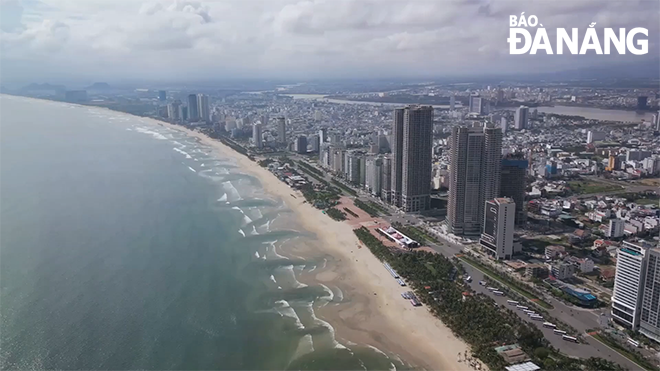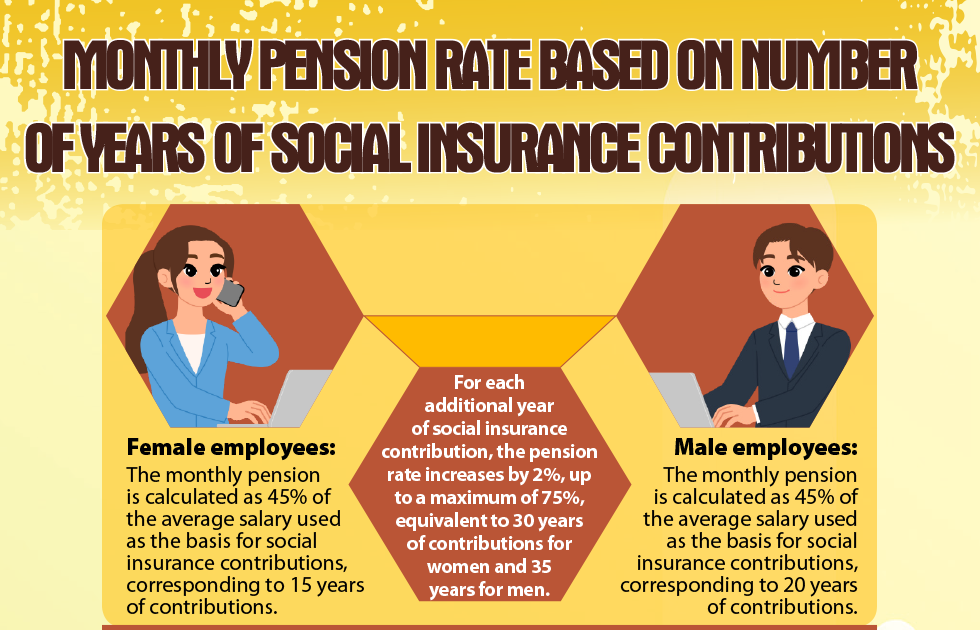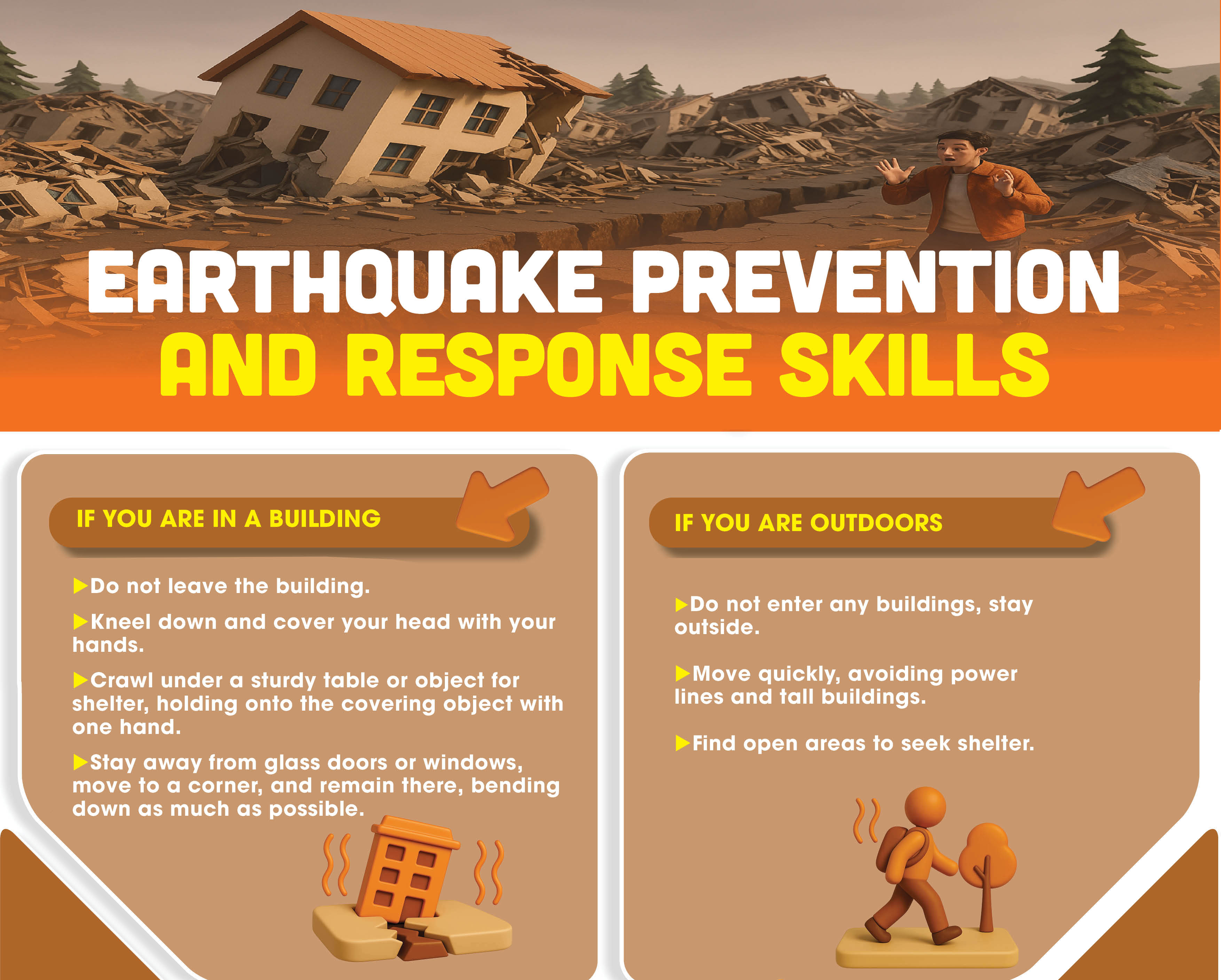NCHMF issues cold weather warning for parts of Viet Nam on Thursday
Viet Nam's National Centre for Hydro-Meteorological Forecasting (NCHMF) has issued a warning to keep warm as a strong cold front is forecast to move into Northern Viet Nam on Thursday, and then continue sweeping across the northern and mid-central regions, causing temperatures lower than the average level recorded in many previous years.
This is the third spell of cold weather to hit Viet Nam during the 2020 - 2021 winter season, forcing the general public to wrap up in an extra layer of clothing in an effort to stay warm amid the arrival of chilly weather conditions. People are being urged prepare for cold weather conditions and look out for those most at-risk.
Of special note, the cold spell is forecast to bring very high humidity, drizzle and blustery winds without sunshine, adversely affecting the human health and causing damage to plants and animals, the national weather service warned.
From Thursday, 7 January, onwards, Northern Viet Nam, especially the provinces of Lao Cai, Tuyen Quang, Ha Giang, Cao Bang, Bac Kan and Lang Son, will be the hardest hit.
The average lows are projected to fall to only 8 – 11 degrees Celsius in many parts of these northern localities, even below zero degrees Celsius in some remote high mountain areas, leading to a high possibility of frost.
Likewise, the chilly climate is expected envelop a vast stretch from Quang Binh to Quang Ngai central provinces, with the mercury plummeting considerably to only 13- 17 degrees Celsius in many of their parts.
Da Nang and its neighbours namely Quang Nam and Quang Ngai, will brace for the cloudy and wet conditions with light showers accompanied by strong wind levels 3 in their parts.
Average lows are projected to fall further to 16 - 18 degrees Celsius in many parts of the three localities, lower than those recorded in the previous cold snaps.
Hoang Sa waters are projected to experience strong winds at levels 7 - 8, with a gusts of level 10, sea waves from 5 to 7 m high, and very rough sea.
Governments of cold weather-affected localities have been urged to ensure cold-resistant measures for the populace and livestock. It is recommended that the public dress appropriately during the day and night as the range of temperatures can be significant.
Meanwhile, farmers in mountainous areas usually apply measures to keep their cattle and poultry warm, especially during the evening. They are also advised to use canvas to cover barns and ensure cattle get enough food.
By TTXVN- Translated by A.T








